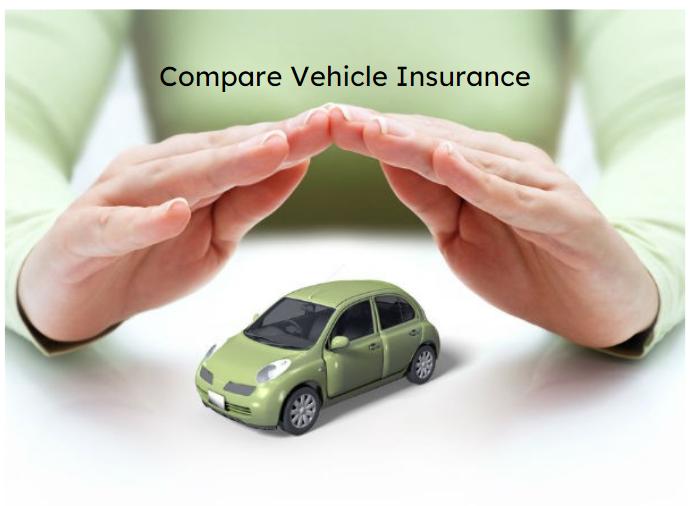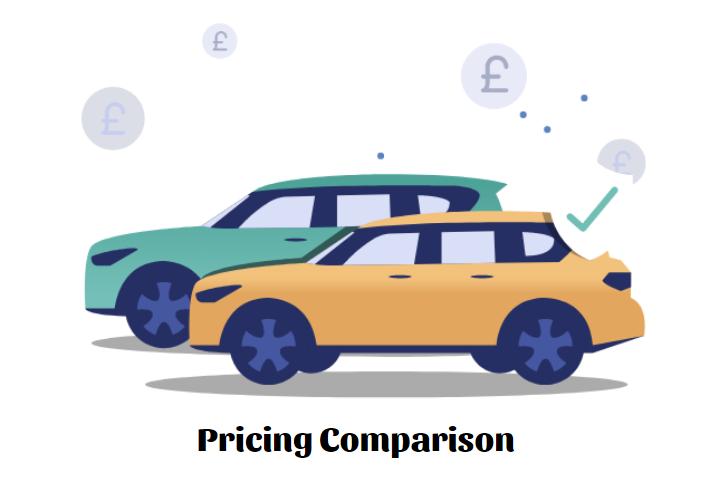Vehicle insurance is a crucial expense for any car owner, providing financial protection in case of accidents, theft, or damage. With so many options available in the market, choosing the right insurance policy can be overwhelming. This article aims to compare various vehicle insurance policies in terms of features, pricing, and reviews, helping you make an informed decision.
Understanding Vehicle Insurance
Before we dive into the comparison of various insurance policies, it’s important to understand the basic components of vehicle insurance.
Types of Vehicle Insurance
There are primarily three types of vehicle insurance policies:
- Liability Insurance: This policy covers the damage caused by you to another person’s property or injury to them in case of an accident.
- Collision Insurance: This policy covers the damage to your car in case of a collision with another vehicle or object.
- Comprehensive Insurance: This policy covers all the damages to your car caused by events such as theft, natural disasters, or vandalism.
Additional Features

Apart from the basic coverage, vehicle insurance policies may offer additional features such as:
- Roadside Assistance: This feature covers services such as towing, battery jump-starts, and tire changes in case of a breakdown.
- Rental Car Reimbursement: This feature provides coverage for a rental car if your car is under repair due to an accident.
- Personal Injury Protection: This feature covers the medical expenses for you and your passengers in case of an accident.
Comparison of Vehicle Insurance Policies
Now that we understand the basics of vehicle insurance, let’s compare some popular insurance policies available in the market.
Policy A
Policy A is a liability insurance policy that covers the damage caused by you to another person’s property or injury to them in case of an accident. The policy offers a maximum coverage of $100,000 per person and $300,000 per accident. The policy also provides roadside assistance and rental car reimbursement as additional features.
Policy B

Policy B is a comprehensive insurance policy that covers all the damages to your car caused by events such as theft, natural disasters, or vandalism. The policy offers a maximum coverage of $500,000 and also provides personal injury protection as an additional feature.
Policy C
Policy C is a collision insurance policy that covers the damage to your car in case of a collision with another vehicle or object. The policy offers a maximum coverage of $50,000 and also provides rental car reimbursement as an additional feature.
Pricing Comparison

Comparing pricing of vehicle insurance policies can be a complex process that depends on a variety of factors, including your driving history, the make and model of your vehicle, your age and location, and the coverage options you select. That said, here are some general tips for comparing pricing for vehicle insurance policies:
- Research multiple insurance providers: Start by researching multiple insurance providers and gathering quotes from each of them. This will give you a good sense of the range of prices for policies that meet your needs.
- Consider the coverage options: Make sure you compare policies with similar coverage options. For example, if one policy has a higher deductible than another, it will likely be less expensive, but you’ll also be responsible for more out-of-pocket costs if you get into an accident.
- Look for discounts: Many insurance providers offer discounts for things like safe driving, multiple vehicles, and bundling policies (such as home and auto insurance). Make sure you factor these discounts into your price comparisons.
- Check for additional fees: Some insurance providers may charge additional fees, such as administrative or processing fees. Make sure you understand all the fees associated with each policy you’re considering.
- Review the reputation of the insurance company: Price isn’t the only factor to consider when choosing an insurance provider. You also want to make sure you’re working with a company that has a good reputation for customer service and claims processing.
Remember that the cheapest policy isn’t always the best option. Make sure you’re getting the coverage you need at a price you can afford, and work with a reputable insurance provider that you trust.
Reviews Comparison
When comparing reviews of vehicle insurance policies, here are some tips to keep in mind:
- Look for reviews on multiple platforms: Check for reviews on multiple platforms, such as the insurance company’s website, Google, Yelp, and social media. This can give you a more comprehensive view of the overall reputation of the insurance company and its policies.
- Pay attention to the overall trend: While it’s important to read individual reviews, pay attention to the overall trend of the reviews. If most reviews are positive, it’s likely that the insurance company is reputable and its policies are effective. Conversely, if most reviews are negative, it may be best to look elsewhere.
- Check for reviews that mention specific coverage options: Look for reviews that mention specific coverage options that you’re interested in. This can give you a better idea of how effective the policy is for your specific needs.
- Consider the context of the reviews: Keep in mind that some reviews may be influenced by factors outside of the insurance policy itself. For example, a negative review may have been influenced by a difficult claims process or poor customer service, rather than the effectiveness of the policy itself.
- Use reviews as one factor in your decision-making process: While reviews can be helpful in making a decision, they should not be the only factor you consider. Consider your own needs and preferences, as well as other factors such as price, coverage options, and the reputation of the insurance company.
Remember that reviews are subjective, and what works for one person may not work for another. Use reviews as a helpful tool in your decision-making process, but make sure to consider all the relevant factors before making a final decision.
Conclusion
Ultimately, the goal is to find a policy that provides the coverage you need at a price you can afford, with a reputable insurance company that you can trust. By taking the time to compare your options and consider all the relevant factors, you can make an informed decision and feel confident that you’re getting the best possible coverage for your vehicle.